believe or not - forest of gardenia
shic_2006
18 years ago
Related Stories
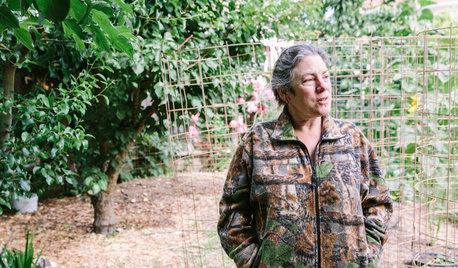
FARM YOUR YARDTo Get the Food They Believe In, These Urbanites Grow Their Own
Home gardeners farming on their city lots find that local, organic food isn’t the only reward
Full Story
MORE ROOMSRoom Tour: Nursery Becomes 'Modern Forest'
Bold colors and whimsy create a design that will last for years (and children) to come
Full Story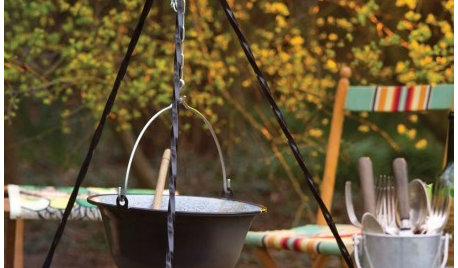
PRODUCT PICKSGuest Picks: Camp Out in Coziness at Home
No need to traipse to the far reaches of the forest. These camping goodies let you rough it in total domestic comfort
Full Story
HOUZZ TOURSHouzz Tour: Nature Suggests a Toronto Home’s Palette
Birch forests and rocks inspire the colors and materials of a Canadian designer’s townhouse space
Full Story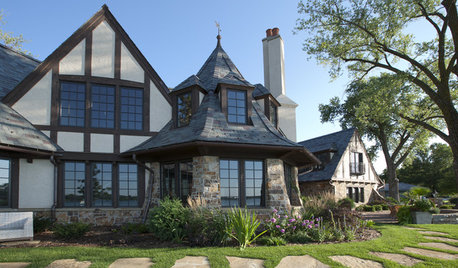
ARCHITECTUREAmerican Architecture: The Elements of Tudor Style
Storybook details and countryside charm make this architecture style appealing even if your home is far from the forest
Full Story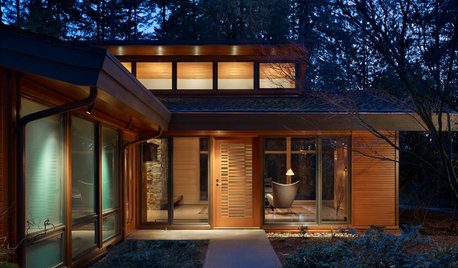
HOUZZ TOURSHouzz Tour: Transparency Guides a Woodland Home
A midcentury gem's renovation brings in the light and the woods while respecting the original architecture
Full Story
KNOW YOUR HOUSEKnow Your House: What Makes Up a Floor Structure
Avoid cracks, squeaks and defects in your home's flooring by understanding the components — diagrams included
Full Story
CONTEMPORARY HOMESHouzz Tour: Reading Shapes a Seattle Home
Written words drive the design of a house for aging in place, from a plethora of bookshelves to a personal word wall
Full Story
GARDENING GUIDESTree Care: Common Tree Diseases and What to Do About Them
Learn to recognize trees that may be affected by diseases or pests so you can quickly take action
Full StoryMore Discussions







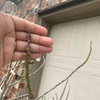
jview
shic_2006Original Author
Related Professionals
Summit Landscape Architects & Landscape Designers · Buford Landscape Contractors · Waterbury Landscape Contractors · Brooklyn Park Landscape Contractors · Brunswick Landscape Contractors · Corona Landscape Contractors · Hilton Head Island Landscape Contractors · Holtsville Landscape Contractors · Lake Worth Landscape Contractors · Lexington Landscape Contractors · Milford Landscape Contractors · Plymouth Landscape Contractors · Wareham Landscape Contractors · Clearfield Landscape Contractors · Missouri City Swimming Pool Buildersmonarda_gw
jview
shic_2006Original Author
jimshy
monarda_gw
shic_2006Original Author
jview
longriver
shic_2006Original Author
cweathersby
shic_2006Original Author
cweathersby
shic_2006Original Author
cweathersby
shic_2006Original Author
Nell Jean
shic_2006Original Author
Nell Jean
shic_2006Original Author
joy_division
Nell Jean
joy_division
shic_2006Original Author
skippy05